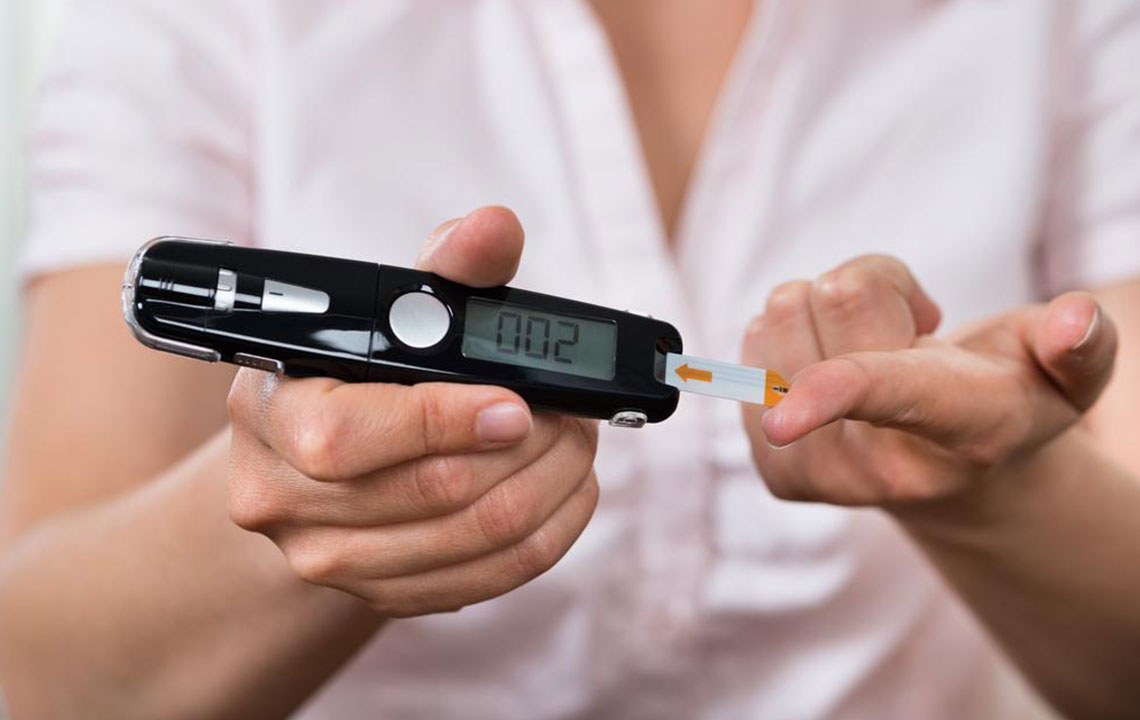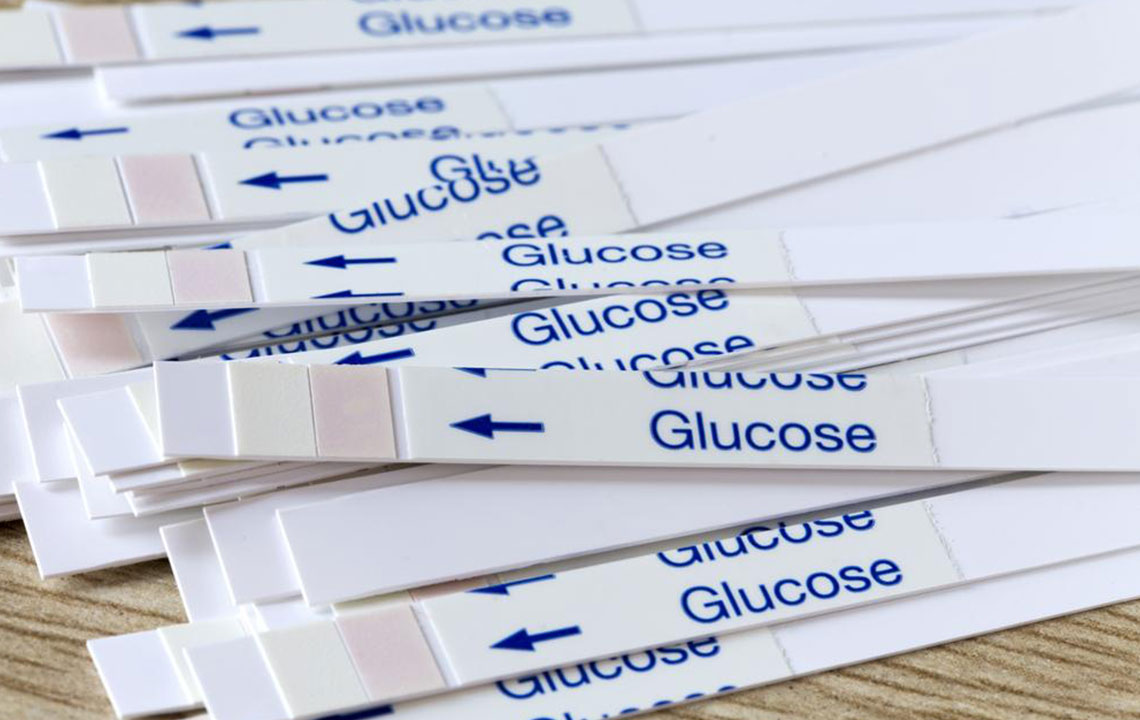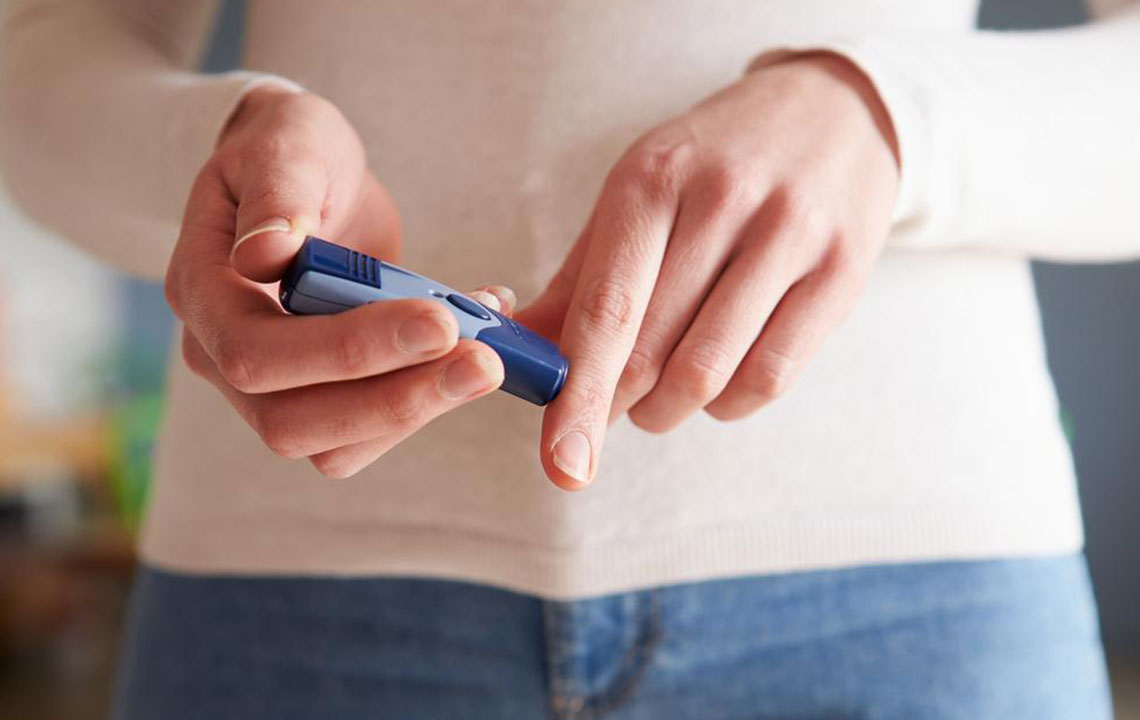Comprehensive Guide to Blood Glucose Levels: Importance, Monitoring Methods, and Management Strategies
This comprehensive guide explores the significance of blood glucose levels for health, detailing normal ranges, symptoms of high and low blood sugar, and various self-testing methods. It emphasizes the importance of regular monitoring, lifestyle adjustments, and medical strategies to manage blood sugar effectively, particularly for diabetics. With technological advancements like continuous glucose monitoring, individuals can now better control their blood glucose and prevent serious complications. The article aims to educate readers on maintaining optimal blood sugar levels for lifelong health and well-being.

Comprehensive Guide to Blood Glucose Levels: Importance, Monitoring Methods, and Management Strategies
Understanding blood glucose levels is vital for maintaining overall health and preventing chronic health conditions like diabetes. As the global prevalence of metabolic disorders continues to rise, awareness about blood sugar management has become more crucial than ever. Blood glucose, often referred to simply as blood sugar, reflects the concentration of glucose present in your bloodstream and serves as a key indicator of metabolic health. Monitoring and managing these levels effectively can lead to better health outcomes and a higher quality of life.
Blood sugar measurement units vary across countries, which is important to recognize for accurate interpretation. For example, Canada and the United Kingdom commonly use mmol/L, whereas the United States predominantly employs mg/dL. Understanding these differences ensures clarity when assessing your results and communicating with healthcare providers.
Knowing the typical blood glucose ranges for different individuals is essential. The normal ranges can differ between healthy people and those with diabetes.
What are the typical blood sugar levels?
For individuals without diabetes, fasting blood glucose levels below 100 mg/dL are considered normal. A fasting level between 100 and 125 mg/dL indicates prediabetes, a condition where blood sugar levels are elevated but not yet in diabetic range. Levels exceeding 125 mg/dL suggest diabetes, which requires medical management. Post-meal (postprandial) blood sugar levels are also significant: for healthy individuals, values typically stay below 140 mg/dL two hours after eating, whereas for diabetics, levels can range between 140 and 180 mg/dL. These benchmarks serve as guidelines, but individual factors, age, and health history can influence what is normal for each person.
Blood glucose levels outside the normal ranges are indicative of health issues. Elevated levels, known as hyperglycemia, pose risks such as damage to blood vessels, nerves, and organs if sustained. Conversely, low blood sugar, or hypoglycemia, can cause immediate dangers including neurological impairment and loss of consciousness if not addressed promptly. Recognizing these conditions and managing them effectively is critical for overall health management.
Hyperglycemia (High Blood Sugar): When blood sugar levels rise above the normal range, it indicates hyperglycemia. Commonly linked to diabetes, symptoms may include blurry vision, chronic fatigue, frequent urination, persistent thirst, headaches, difficulty focusing, and unintended weight loss. Managing hyperglycemia involves a combination of medication adherence, lifestyle changes, healthy eating, and regular physical activity. Continuous monitoring allows patients to observe how different factors influence their blood sugar levels and helps prevent long-term complications such as cardiovascular disease, kidney damage, and nerve issues.
Hypoglycemia (Low Blood Sugar): If blood sugar dips below the normal threshold, it causes hypoglycemia, which can be more immediately dangerous. Symptoms often manifest as feelings of anxiety, confusion, dizziness, rapid heartbeat, irritability, shakiness, tingling sensations, and nervousness. In severe cases, hypoglycemia can lead to unconsciousness or seizures. Emergency treatment includes consuming quick-acting carbohydrates like glucose tablets, fruit juices, or candies. Patients who are insulin-dependent or managing diabetes should be vigilant, regularly checking their blood sugar levels to prevent dangerous lows and ensure timely intervention.
Blood Sugar Testing Techniques: Accurate measurement of blood glucose is foundational to effective management. Various methods exist, each suited to different needs and circumstances:
Fingerstick Blood Test: This is the most common and straightforward method. A small sample of blood is obtained by pricking the finger with a lancet. The blood is then applied to a test strip inserted into a portable glucose meter, which displays the blood sugar level within seconds. This method is convenient for quick checks throughout the day, especially for diabetics tracking their response to food, exercise, or medication.
Continuous Glucose Monitoring (CGM): CGMs offer a more advanced approach by providing real-time glucose readings without frequent finger pricks. The device consists of a small sensor inserted under the skin, which measures glucose levels in interstitial fluid and transmits data wirelessly to a display device. Although they are more expensive and require proper maintenance, CGMs are invaluable for insulin-dependent individuals, as they help detect glucose fluctuations instantly and enable more precise insulin dosing and dietary adjustments.
Regular testing is essential, particularly for those with diabetes or prediabetes. Keeping a log of results enables better understanding of how lifestyle factors influence blood sugar levels. This proactive approach facilitates timely modifications to diet, activity, or medication, helping maintain blood sugar within target ranges and prevent complications.
In conclusion, awareness of blood glucose levels, understanding the normal ranges, recognizing symptoms of abnormal levels, and employing proper testing methods are foundational components of metabolic health management. With advancements in monitoring technology, individuals have more tools than ever to manage their blood sugar effectively, leading to improved health outcomes and better quality of life.





